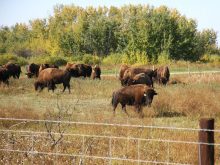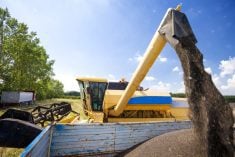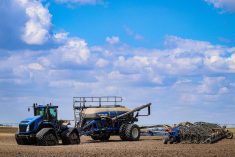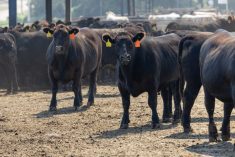LAC LA BICHE, Alberta, May 9 (Reuters) – Canadian officials on Monday were hoping to take their first look at the town ravaged by the nation’s most destructive wildfire in recent memory as firefighters hoped cooler, possibly rainy weather would help them battle the blaze.
Alberta’s premiere, Rachel Notley, was set to lead local officials and media on an inspection of oil sands boomtown Fort McMurray, whose 88,000 inhabitants barely had time to flee the blaze that broke out on May 1. Notley warned the nation to brace for grim images, with entire neighborhoods destroyed.
Read Also
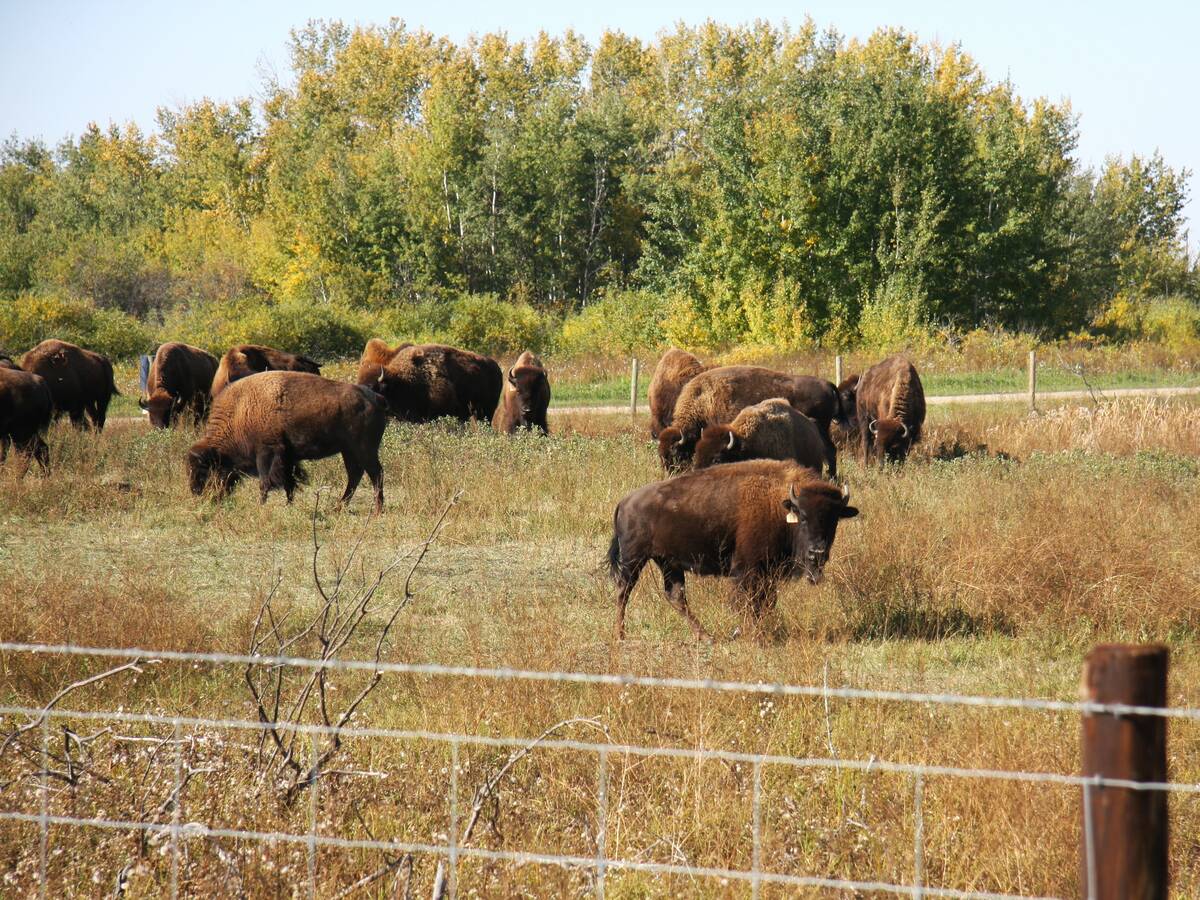
National Day for Truth and Reconciliation: Acknowledging the past, seeking a better future
How can the treaty rights of Indigenous peoples be honoured in a way that gives them a proper seat at the table when it comes to farming in Canada?
Firefighters said the weather had turned in their favor.
“This is great firefighting weather, we can really get in here and get a handle on this fire, and really get a death grip on it,” Alberta fire official Chad Morrison said on Sunday.
The wildfire scorching through Canada’s oil sands region in northeast Alberta had been expected to double in size, but light rains and cooler temperatures held it back.
Temperatures cooled on Monday, with a forecast high of 10C (50°F), down from Sunday’s high of 17 C (63°F), with Environment Canada forecasting a 40 percent chance of showers in Fort McMurray.
The cool weather was expected to linger through Thursday. Still, much of the province of Alberta in western Canada is tinder-box dry after a mild winter and warm spring.
Alberta’s government estimated on Sunday that the fire had consumed 161,000 hectares (395,000 acres).
Officials said it was too early to know when the thousands of evacuees camped out in nearby towns could go back to Fort McMurray, even if their homes were intact.
The city’s gas has been turned off, its power grid is damaged and the water is undrinkable.
Fort McMurray is the center of Canada’s oil sands region. About half of its crude output, or 1 million barrels per day, has been taken offline, according to a Reuters estimate.
U.S. oil prices fell 1.3 percent on Monday morning.
The inferno could become the costliest natural disaster in Canada’s history. One analyst estimated insurance losses could exceed C$9 billion ($7 billion).
Nearly all of Fort McMurray’s residents escaped the fire safely, although two people died in a car crash during the evacuation.
In a Sunday evening message, Fort McMurray fire chief Darby Allen sent condolences to the families of the two teenage cousins who died in the crash. One victim, 15-year-old Emily Ryan, was the daughter of a fireman in the city.
Regional officials also said via Facebook that firefighters were getting their first break since the fire began a week ago after being relieved by reinforcements.




